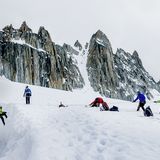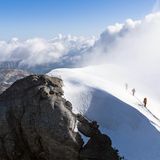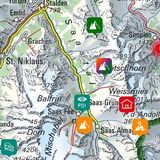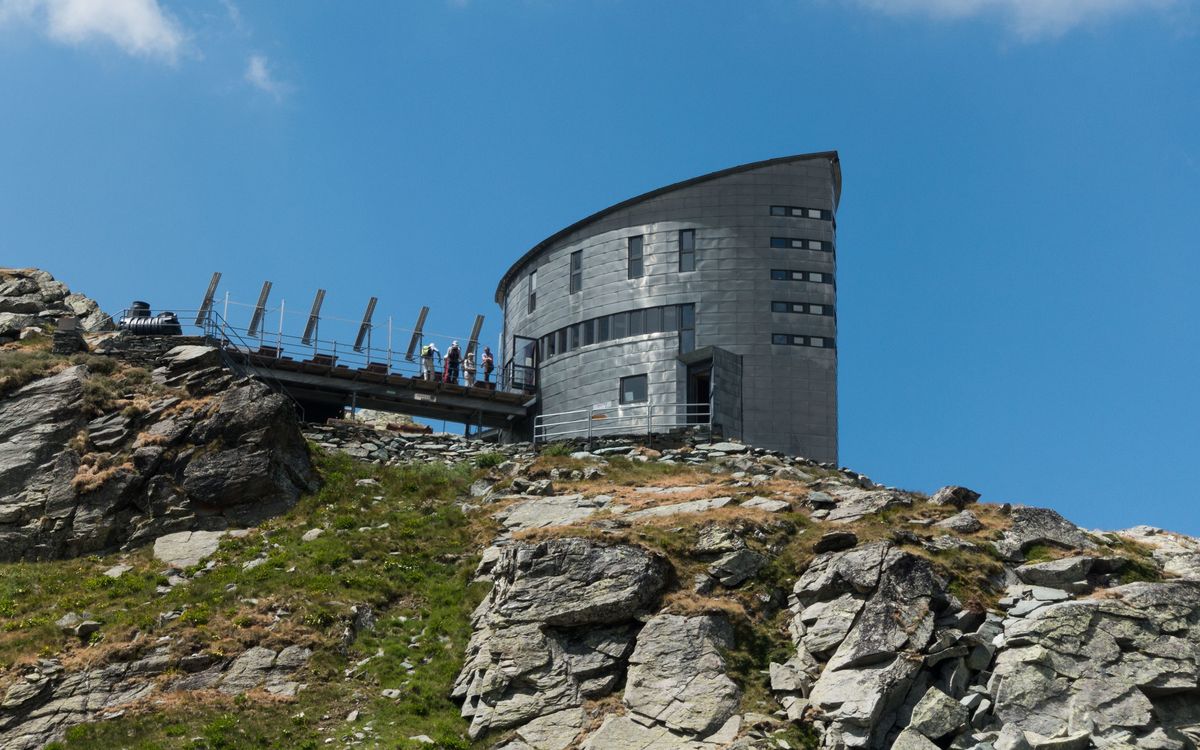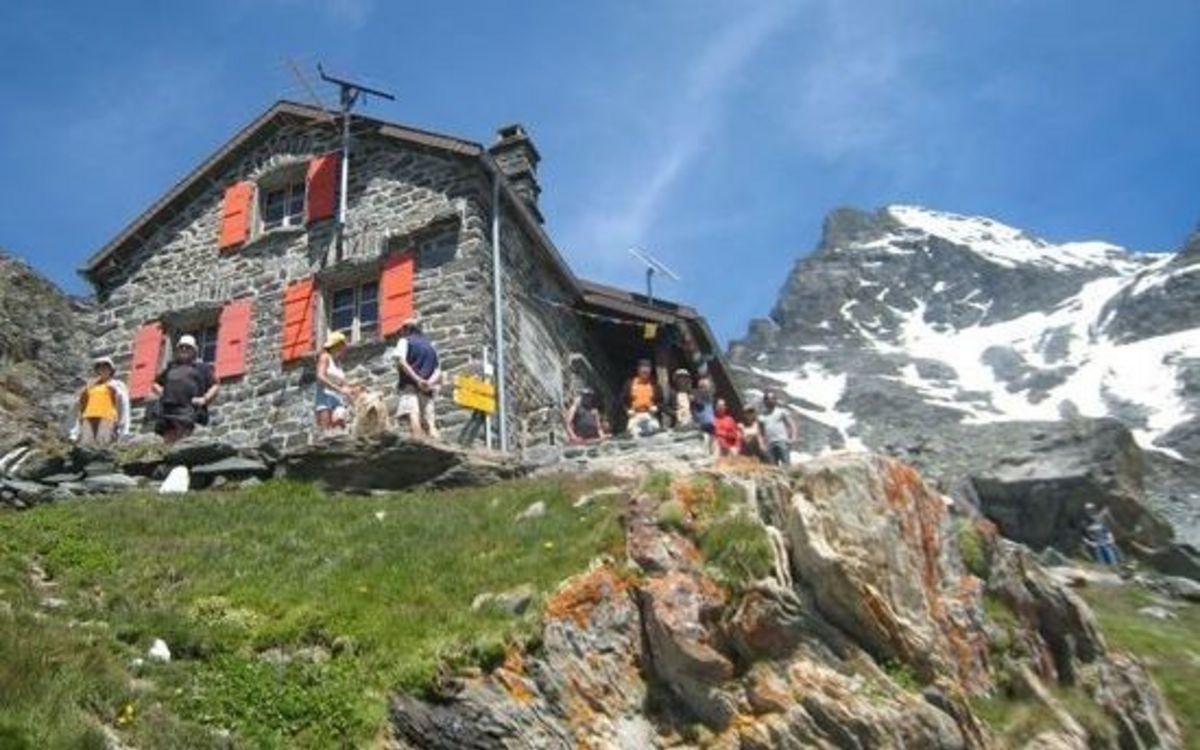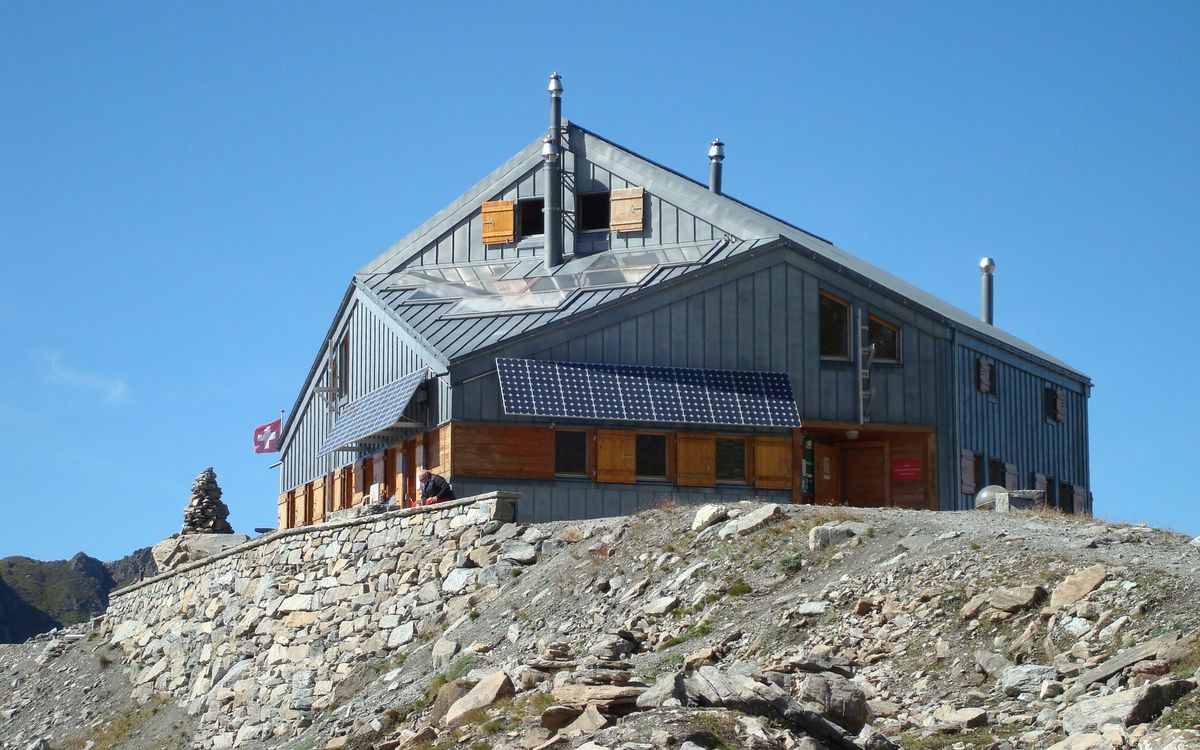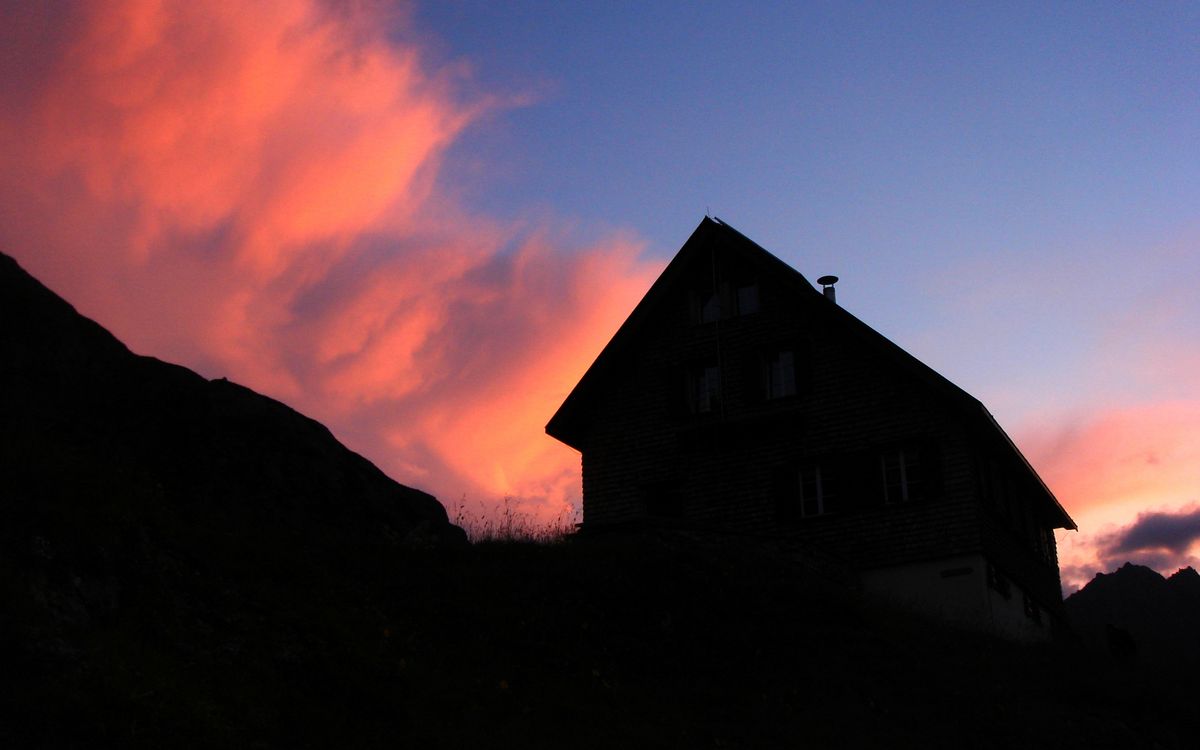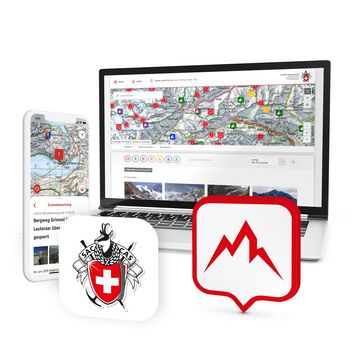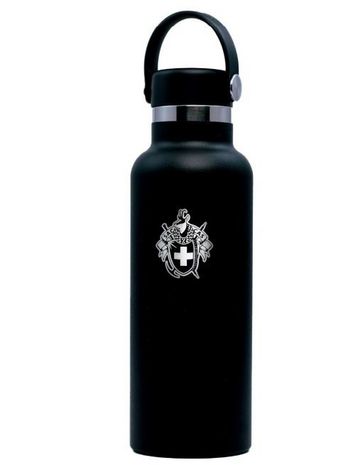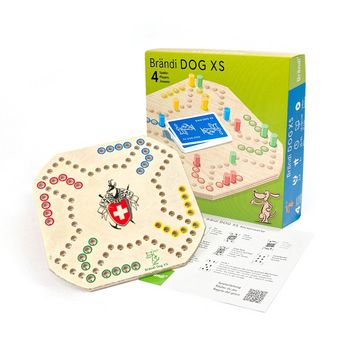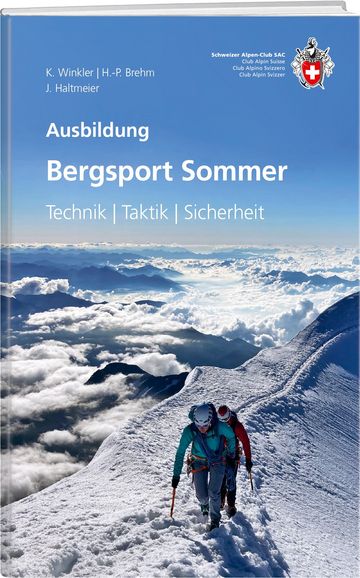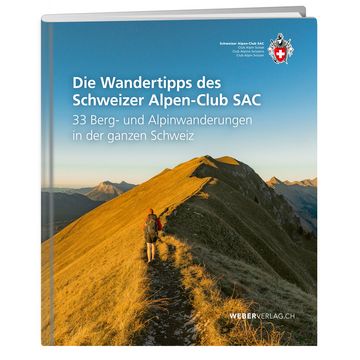Combin de Valsorey 4184 m Alpinism
The Combins are numerous! (Maurice Brandt in "Guide to the Vallais Alps") They include: Combin de Valsorey (4184 m), Combin de Grafeneire (4314 m, highest point), Aig. du Croissant (4260 m) and Combin de la Tsessette (4135 m).
Similar to Monte Rosa, the Grand Combin does not have a namesake-summit, but refers to a massif containing several four-thousand-meter peaks. The Grand Combin is a complicated structured. The most iconic image is that seen from the Verbier side. From here, the mighty mountain presents itself as an ice giant, covered with thick glaciers, plateaus and Séracs, beyond which stand singular rocky peaks. The black rock of the lower N-face contrasts drastically with the white landscape above. The Grand Combin does not pierce the sky like the Weisshorn or Matterhorn; its allure comes from its sheer volume, its breadth and the intense cold born of its monstrous ice shell. It could be called "Himalaya of Switzerland" due to the intensity of glaciation surrounding it bulky form.
Although the Grand Combin does not appear difficult, all routes to its summits are tricky. The greatest dangers of the Grand Combin are posed by serac collapse, which occurs regularly. The route 'via Le Corridor' used to be the normal route, before an increase in the rate of serac collapse sadly lead to a series of unfortunate accidents / fatalities. After that, efforts were concentrated on the NW flank, however this route has also deteriorated significantly in recent years. Therefore today, the recommended 'normal route' to the Grand Combin is the Arête du Meitin, climbed from the Cabane de Valsorey. Note: the approach to the Refuge Amiante is also (conditions-wise) better today than that to Panossière. It is also important to remember that all tours on the Grand Combin take a lot of time. For those with plenty of it, this sprawling mountain offers charming possibilities for traverses.
The meaning of the word "Combin" is not very clear. In the (practically extinct) Pato language, a "comba" (from lat. cumba) referres to a dry side-valley, located above a water source. In French, "combe" today means "mountain gorge". Among alpinists, the Grand Combin is also known as "La Grande Combine", or The Big Combination. The name Grafeneire (formerly "Graffeneire") is derived from Pato "graffe" = black point... think graphite.





